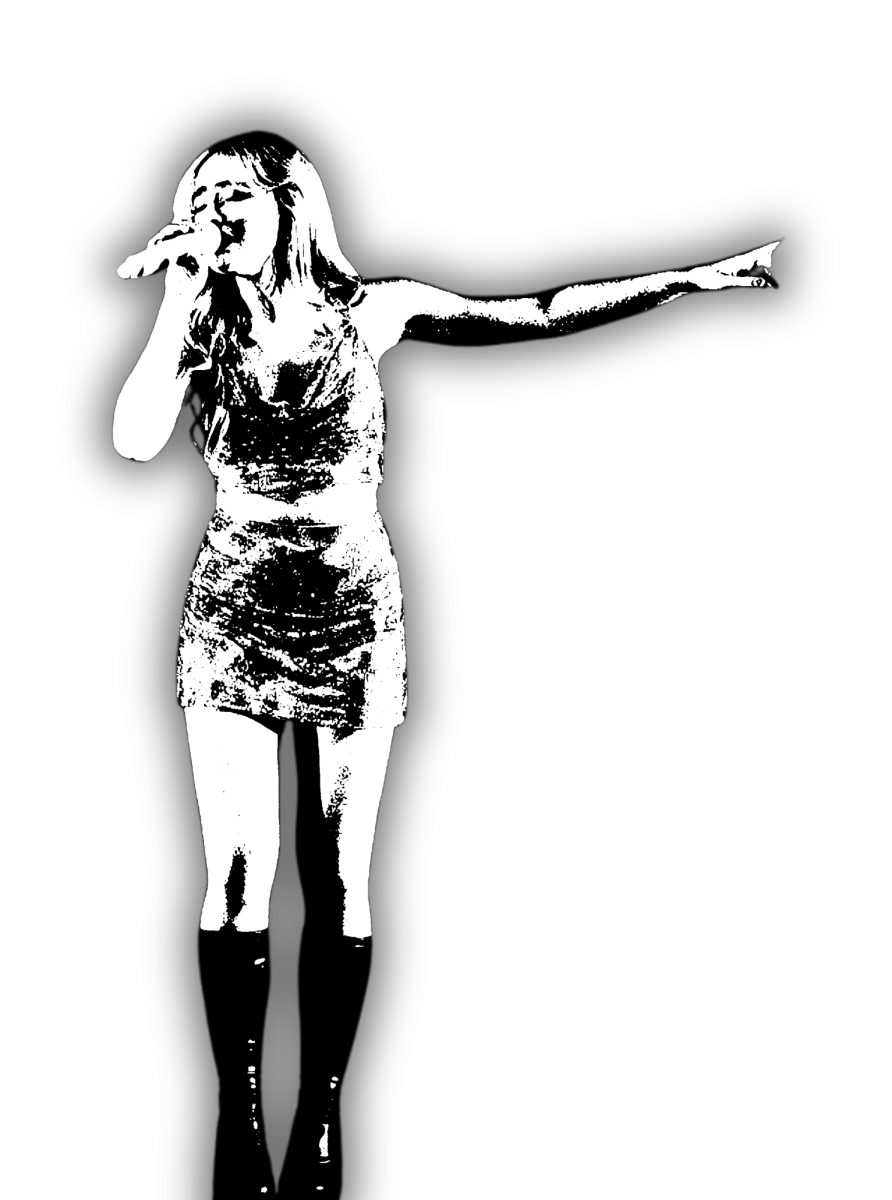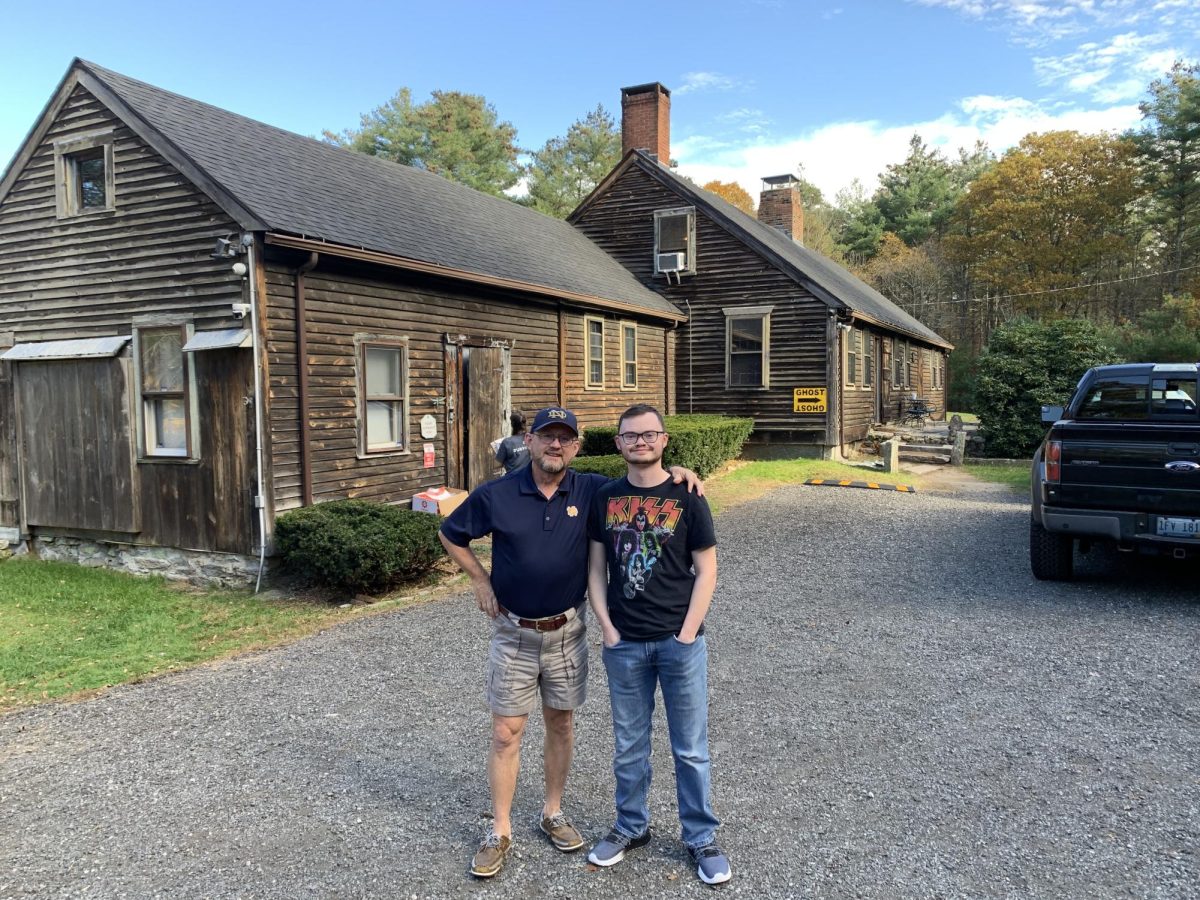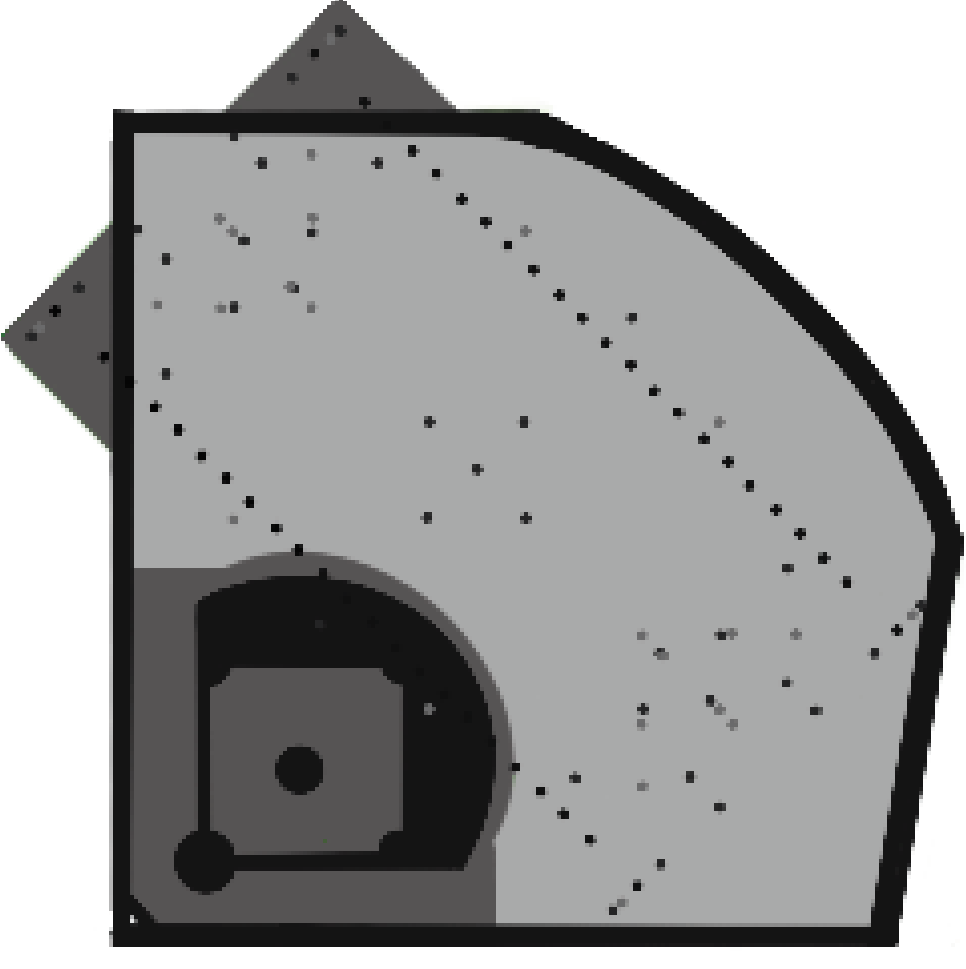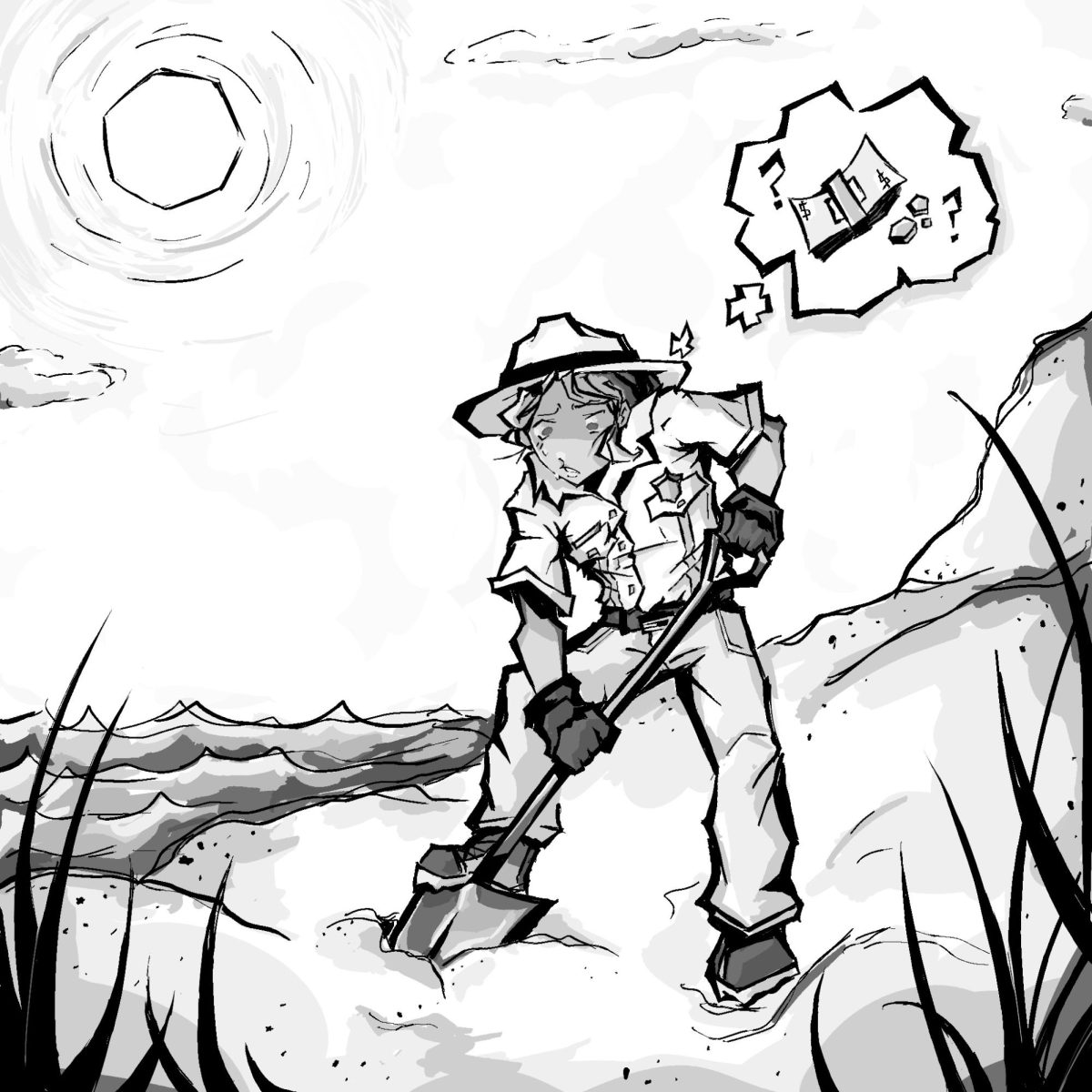The most charming part of going to Chicago rarely meant the city to me, but rather what laid sprinkled within: the Victorian districts. As my mom and I would walk along the iron picket fences of aged duplexes, ivy crawling between brick turrets and wraparound balconies that hugged the exterior, I’d claim house after another as my future getaway. It takes a meaning beyond a nostalgic nod to the art: it’s a tangible link to preservation of history within the city with their own quirks and character.
Across social media platforms, I watch as a newer generation of renovators are gutting these testimonies of time. They laminate what once was colored brickwork with millennial gray and contractor beiges. They paint over cobble fireplaces with bleak whites. They strip masonry trimming to replace it for a relentless pursuit of simplicity. Nowadays, these houses fit for the Addams family seem to conform more to a standard like a dystopian Truman Show realm.
But why the shift? With influence from shows such as HGTV channel and a modern world against eccentricity, people seek out these rickety “fixer-uppers” and gut all their intricacies for a resale boost price. Sure, this minimalist mantra has its own edge of sophistication as seen in magazines or a quick flip of a channel, but at what cost? For these house-flippers, the distinctive line between “renovation” and “restoration” has been unrightfully ignored as we strip artifacts of their history.
What is held at the heart of a home is its character. We admire our own home for its similar eccentricities: you know the creakiest floorboards or the squeakiest doors, you know laughable nostalgia behind each sticker on the furniture or stain in the carpet. History, beyond a relishable sight, is the foundation of our memories. To embrace these eccentricities is to institute its own character.
Now, I’m not arguing for a full-blown retaliation against millennial gray or sad beige HGTV moms. But just as you wouldn’t paint over an archival masterpiece or throw away your favorite vintage leather jacket, these pieces of art are not meant to be seen as blank canvas; they have already inlaid their strokes of history in the stands of time. If they mean to appeal to this corporal minimal aesthetic, create a blank slate rather than painting over what has already been crafted.































![SNAP HAPPY Recording on a GoPro for social media, senior Sam Mellon has recently started a weekly sports podcast. “[Senior] Brendan Feeney and I have been talking about doing a sports podcast forever. We love talking about sports and we just grabbed [senior] Will Hanas and went along with it,” Mellon said.](https://mhsnews.net/wp-content/uploads/2025/04/sam-892x1200.png)

























